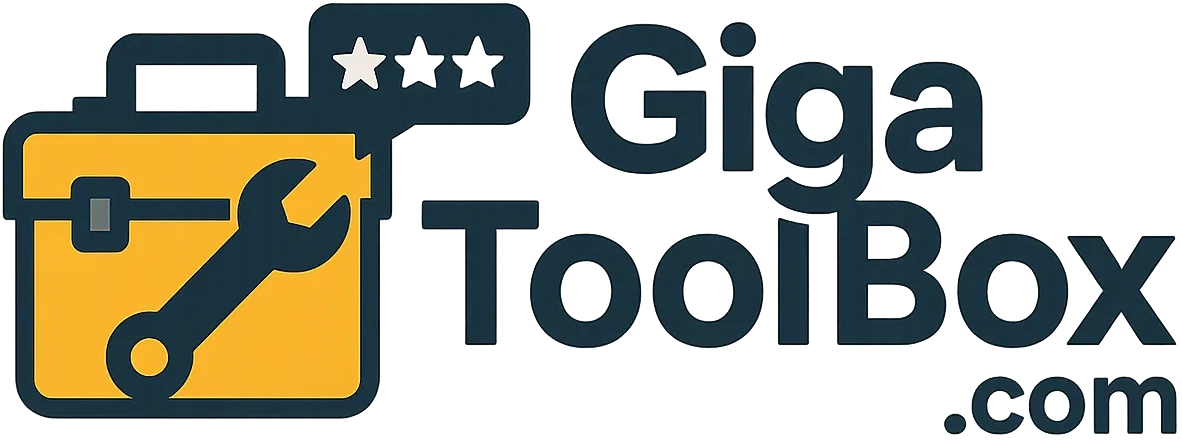
I’ve used SE Ranking extensively over the past 18 months across client accounts, internal content campaigns, and competitive SEO audits. If Semrush is the marketing “command center” for large-scale teams, SE Ranking feels more like a tactical field kit: nimble, lean, and surprisingly powerful when used right.
It’s especially suited for small-to-midsize agencies, solo consultants, and marketing managers who want to get deep SEO insights without enterprise software bloat or pricing.
Real Experience: What SE Ranking Feels Like to Use Day-to-Day
SE Ranking is fast and clean. Setting up a project takes under 10 minutes, including selecting search engines, target locations, and inputting your keyword set. Once that’s done, your dashboard gives an at-a-glance view of keyword visibility, audit health, competitor shifts, and traffic trends.
I use SE Ranking primarily for five key workflows:
- Weekly rank tracking across clients
- Onboarding audits for new clients
- Keyword discovery + clustering for blog content
- Competitive content and backlink gap analysis
- Content optimization using the built-in editor
Compared to heavier platforms, SE Ranking rarely gets in your way. The UI is fast. The navigation makes sense. And for multi-client work, it’s a relief that reporting doesn’t take hours to compile.
Tools That I Use (and Trust) Weekly
1. Rank Tracker
SE Ranking’s Rank Tracker is simple but powerful. I track hundreds of keywords per client across mobile and desktop, segmented by country and even city. You can compare historical data at a glance and set up automated alerts for ranking jumps or drops.
A recent win: I used this tool to catch a 20-position drop for a branded keyword. Turned out the client had accidentally redirected an old landing page. We fixed it same-day—only possible because SE Ranking flagged it fast.
2. Website Audit
This is one of SE Ranking’s strongest modules. I’ve used it to uncover everything from bloated page sizes to orphan pages buried deep in site architecture. It scores site health and breaks issues down by priority, giving practical next steps instead of just red flags.
Bonus: it shows Core Web Vitals and security protocols, which I now bake into every client’s quarterly audit.
3. Keyword Research + Clustering
The keyword research tool is solid—especially when paired with the Keyword Grouper. I usually start by dumping a broad seed list into the tool, then run automatic clustering to build content silos. The system groups terms based on SERP similarity and semantic overlap.
I’ve used this to build entire blog content calendars, mapped directly to bottom-of-funnel product pages.
4. Backlink Checker & Monitor
Backlink data isn’t as deep as Ahrefs or Semrush, but it’s good enough for most use cases. I run monthly reports to track lost links, monitor toxic domains, and spot new referring sources. The integration with the disavow tool also saves time.
For clients on tight budgets, this often replaces the need for a standalone backlink tool.
5. Content Editor (SEO Assistant)
I’ve optimized dozens of blog posts using SE Ranking’s content editor. It gives live feedback on word count, readability, keyword usage, and topic coverage. What I like most is that it doesn’t feel too rigid—you still control the writing, but with useful guardrails.
Pricing and Plans: Flexible Enough for Any Team Size
SE Ranking wins big on pricing transparency and customization. Here’s a breakdown of what I’ve used across tiers:
| Plan | Monthly Cost (Annually Billed) | Who It’s For | What You Get |
|---|---|---|---|
| Essential | ~$52 | Freelancers, niche site builders | 5 projects, 500 keywords, 1 user |
| Pro | ~$95 | Agencies with active client accounts | 30 projects, 2,000 keywords, 3 users, content tools |
| Business | ~$207 | Teams managing large portfolios or multiple markets | Unlimited projects, 5,000 keywords, API, white-label reporting |
Add-ons include local SEO tools, social media management, and a full content marketing suite (available in Pro and above).
I’ve used both the Essential and Pro plans—both deliver excellent value. The only time I bumped into limits was when tracking keywords at scale for local + mobile combinations across 10+ clients.
Note: SE Ranking lets you customize how often you check rankings (daily, every 3 days, weekly). This directly affects your pricing and is incredibly budget-friendly if you don’t need daily updates.
Strengths I Rely On
- Clean Interface: Even non-technical clients can understand the reports.
- Flexible Pricing: You pay based on tracking frequency and volume—ideal for scaling slowly.
- Report Automation: Client-ready, white-labeled reports in minutes.
- Reliable Data: Rank tracking and audit insights have proven accurate time after time.
- Quick Support: Live chat is responsive and helpful—even on lower-tier plans.
Where It Falls Short
- Limited Link Index: If you need exhaustive backlink data, SE Ranking won’t replace Ahrefs or Majestic.
- SERP Features Tracking Is Basic: It shows some, but not as detailed as Semrush.
- Some Tools Are “Light”: For example, the competitive research isn’t as deep as higher-tier platforms.
- No Native ChatGPT Integration (Yet): AI assistant features are still catching up with the competition.
Final Verdict
SE Ranking is a practical SEO platform that actually helps you get the job done—especially if you’re running multiple projects and need reliability, speed, and client-ready output. It’s not flashy. It doesn’t overwhelm with data. It delivers what matters: insight and execution.
If you’re a solo consultant, a growing agency, or an in-house marketer juggling strategy and execution, this tool will likely become your daily driver.
Rating: 8.7/10 — Best for marketers who want reliable SEO performance without burning through their budget.
For more, check out our list of best SEO tools.
